|
By Marilyn Phillips
Found in meadows, disturbed areas Seen blooming in September in Abiquiu September is the time for asters to bloom; White, Golden and Purple Asters are abundant. There is also a similar looking daisy blooming right now. Spreading Daisy blooms from spring through the fall. It grows low, spreading and hairy to 18 inches in dense clusters with many branches growing from a single stem. Short leaves on the stems grow upwards. The ¾ inch flowers are white to lavender with numerous narrow rays. Traditionally, it has a variety of medicinal uses; as a snuff for headaches, to aid childbirth, as an eyewash, as a lotion for ‘lightning infection’, and for snake bites. It was used as a good luck charm by the Kiowa people. Source. If you trying to identify a different flower, then you can check what other flowers bloom this month. If you cannot identify a flower from the website, send a photo and where you took it to [email protected]. Read online for tips.
0 Comments
The Bloom Blog Blooming this week in the environs of Abiquiú By Wildflowers of the Southern Rocky Mountains Found in dry sand and gravel
Seen blooming in September at Abiquiu Lake Melon Loco is a foul-smelling, grayish, hairy creeper growing to 10 feet long with rounded, lobed, wavy-edged, hairy leaves that feel like sandpaper. The showy flowers are yellow and funnel-shaped. The mature melons are green and have raised ridges running lengthwise. The melons taste so bad you would have to be loco to eat one. Source. If you trying to identify a different flower, then you can check what other flowers bloom this month. If you cannot identify a flower from the website, send a photo and where you took it to [email protected]. Read online for tips. The Bloom Blog Blooming this week in the environs of Abiquiú By Wildflowers of the Southern Rocky Mountains Found in disturbed areas, waste places
Seen blooming in September in Ohkay Owingeh A twisting, twining vine that can grow to 10 feet long but usually less. The bright red tubular flowers are about one inch long with protruding white stamens. They stay open all day to attract hummingbirds, unlike other morning glories. It is considered invasive in some regions. I could find no traditional uses of the plant but other members of the genus have been used to treat various diseases. If you are trying to identify a different flower then you can check what other flowers bloom this month. If you cannot identify a flower from the website, send a photo and where you took it to [email protected]. Read online for tips. The Bloom Blog Blooming this week in the environs of Abiquiú By Wildflowers of the Southern Rocky Mountains Found in open pine forests, sandy, disturbed soil
Seen blooming in September on the Quemazon Trail, Los Alamos The attractive Southwestern Cosmos grows to 2½ feet high with a slender, airy shape and thread-like leaves. The flower is about an inch across, white to rosy to violet in color with toothed petals. The seeds are barbed, causing them to lodge in fur or clothing. The Navajo used a cold infusion of the dried leaves as a ceremonial chant lotion. Source. If you trying to identify a different flower, then you can check what other flowers bloom this month. If you cannot identify a flower from the website, send a photo and where you took it to [email protected]. Read online for tips. The Bloom Blog Blooming this week in the environs of Abiquiú By Wildflowers of the Southern Rocky Mountains Found in hot, dry, open saline or alkaline areas
Seen blooming in June and fruiting in August on CR 142 Greasewood is a common shrub in our area. Scruffy looking, it is easily overlooked for most of the year. It grows from three to eight feet tall and six feet across with thorny, white branches which darken with age. Its leaves are narrow, green and fleshy. Male and female flowers are tiny and greenish on the same bush; the males in catkin-like spikes, the females in the leaf axils. They bloom in June but the flowers are inconspicuous. The photo shows the seed pods surrounded by a flower-like, papery wing that is pale green maturing to red. Greasewood is an important winter browse plant for domestic sheep, cattle, elk, mule deer, pronghorn and jackrabbits. Traditionally, sharpened sticks were used in acupuncture and to make arrow shafts. The wood is strong and was used in construction, to make clothes hooks, planting sticks and stirring rods, and for fuel in the kivas. Medicinally, the plant was used for insect bites, diarrhea and on aching and decayed teeth. The young shoots were eaten as greens and the seeds roasted and eaten during hard times. Source. If you trying to identify a different flower, then you can check what other flowers bloom this month. If you cannot identify a flower from the website, send a photo and where you took it to [email protected]. Read online for tips. |
AuthorI am Marilyn Phillips, a native of England, whose love of nature and the outdoors from childhood brought me by a circuitous route to Crested Butte, Colorado in 1993 and 16 years later to northern New Mexico. My exploration of the many trails in these areas, my interest in wildflowers and photography, and career in computer system design came together in this creation. If you have any corrections, comments or questions, please contact me by email. Archives
September 2025
Categoriescopyright © 2020
|

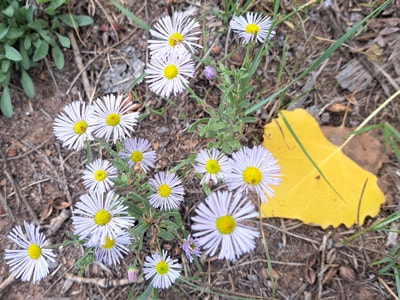
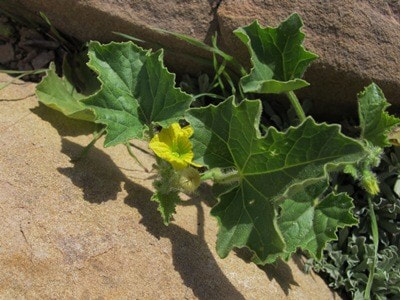
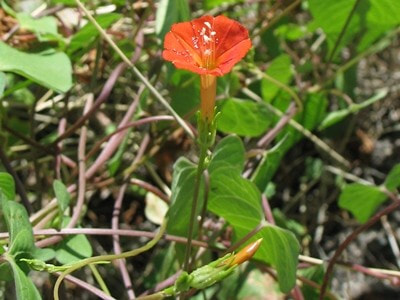
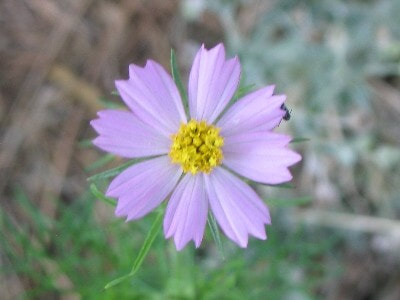
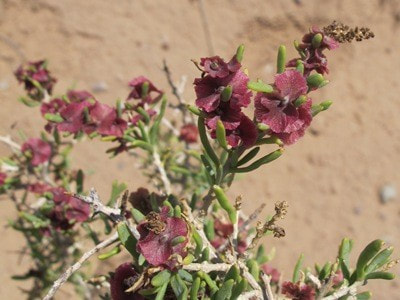

 RSS Feed
RSS Feed